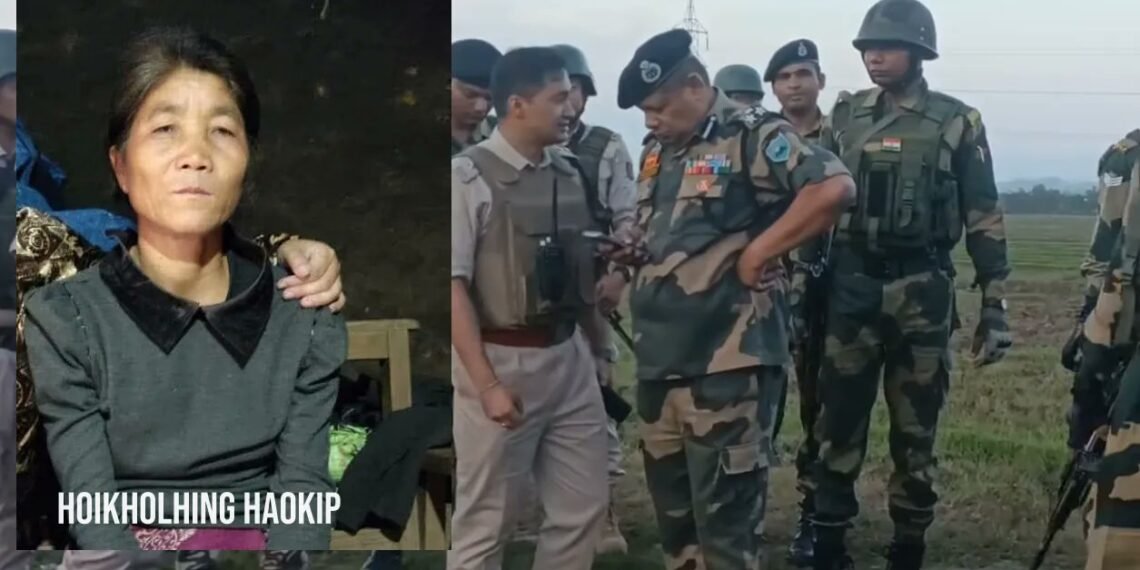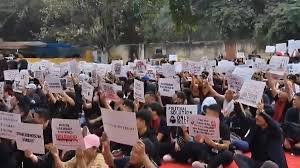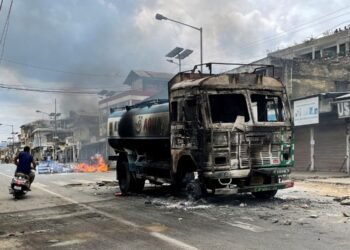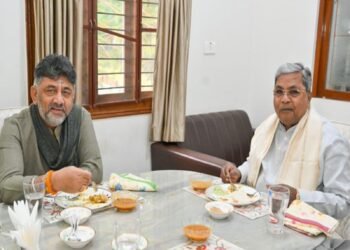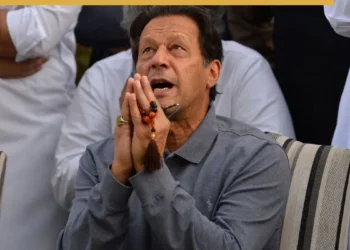The death of Hoikholhing Haokip in a crossfire incident involving the Army has triggered widespread anger. With no forensic or autopsy report released, communities are asking: Who’s protecting whom—and why?
BY PC BUREAU
June 24, 2025 –The death of Hoikholhing Haokip, an elderly Kuki woman, in a reported crossfire on June 19 has sparked renewed controversy in Manipur’s conflict-scarred hills. Haokip, widow of a former village chief, was killed in Churachandpur district during an encounter involving the Indian Army’s Jammu and Kashmir Light Infantry (JKLI) and unidentified gunmen. While police initially claimed she died in the crossfire, critical questions are now being raised about the circumstances of her death—and whether any behind-the-scenes deal was struck.
Settlement Allegations Deepen Confusion
Tensions escalated after reports surfaced that JKLI had reached a compensation-based settlement with the Indigenous Tribal Leaders’ Forum (ITLF), a Kuki-Zo civil body. This reportedly led to the abrupt withdrawal of an indefinite shutdown across Manipur’s hill districts on June 21. However, JKLI later denied any such agreement, leaving the public—and Haokip’s grieving family—seeking clarity and accountability.
Unanswered Questions
The ITLF had called for a total shutdown on June 20, paralyzing life in Churachandpur and Kangpokpi. The protest was suspended just a day later, reportedly after a meeting between JKLI, district authorities, and ITLF representatives. Media outlets reported that JKLI acknowledged responsibility and offered ₹11 lakh as customary compensation under Kuki tribal norms.
READ:
Major Drug Bust in Imphal Valley Shakes Ethnic Narrative
Yet JKLI’s delayed denial has only added to suspicions. Why did the army wait over 24 hours to refute the settlement report? What prompted ITLF to withdraw its protest without an autopsy report or public acknowledgment of guilt?
Demand for Forensic Transparency
Activists and local leaders are demanding the immediate release of Haokip’s autopsy and forensic reports. These could determine whether the bullet that killed her was fired by JKLI personnel or by the unidentified gunmen—who allegedly also injured a Meitei farmer during the same incident. Ballistic analysis comparing the bullets could establish the source.
READ: Can Census Data Be Trusted in the Case of Manipur?
“If the Army claims innocence, forensic evidence should support it. Withholding these reports only deepens distrust,” said a rights activist in Churachandpur.
Background of the Incident
The incident occurred in a region already reeling from over a year of Meitei–Kuki-Zo ethnic violence, which has claimed more than 260 lives since May 2023. Haokip’s killing quickly became a flashpoint. The ITLF’s initial outrage was clear, but its sudden protest withdrawal—without transparency—has raised eyebrows in the Kuki-Zo community.
Adding to public skepticism is the secrecy surrounding the negotiations. Key questions remain:
-
Was any compensation formally offered or accepted?
-
Did the Army accept responsibility behind closed doors?
-
Why did ITLF drop the protest without insisting on the autopsy’s release?
Wider Implications
Under President’s Rule since February 2025, the role of security forces in Manipur is under sharp scrutiny. Allegations of civilian deaths—if not addressed transparently—risk further eroding trust, especially in hill communities where suspicion of state institutions runs deep.
Growing Calls for Accountability
Civil society and community leaders are demanding:
-
Immediate release of Haokip’s autopsy and ballistic reports.
-
Disclosure of any settlement between JKLI and ITLF.
-
An explanation for the abrupt end to the protest.
-
A judicial or independent inquiry into the killing.
Criticizing the media for reporting on the alleged settlement is misplaced when key facts are being concealed. Transparency—not deflection—is the only way to rebuild trust. Withholding forensic evidence and negotiation details does not silence scrutiny—it strengthens suspicion.


